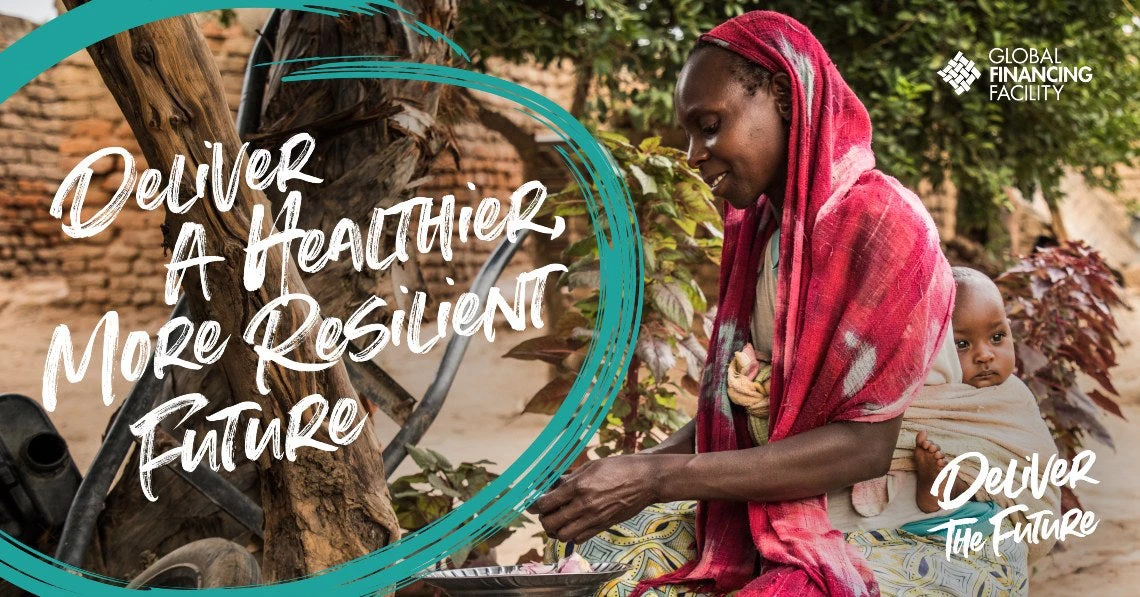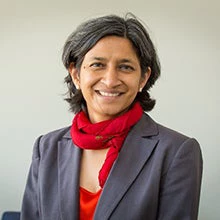Today’s intertwined crises have brought new challenges for the health of women, children, and adolescents, particularly those in the hardest to reach communities. The tepid post COVID-19 recovery in developing countries, along with shocks such as climate change, fragility, debt distress, food shortages and energy price increases, are constraining fiscal space and burdening already stretched health systems. This has meant stalled or even the reversal of progress.
Right now, 250 million women and girls in developing countries who want to avoid pregnancy are not using contraceptives, whether due to lack of access or lack of support. Today, 800 women will die from preventable causes related to pregnancy and childbirth. And every year, 12 million girls across the world are married before the age of 18—reducing their education, and their agency.
This is not only impacting rights and lives today. Lack of access to sexual reproductive health and rights (SRHR) jeopardizes future growth and efforts to build more resilience and prosperity.
Last month, at the Paris summit, we heard the growing focus from countries and global leaders to find innovative financing models that reflect global solidarity, create sustainable futures, and close remaining gaps in reaching the Sustainable Development Goals. Country leadership, prioritization and crowding in more investment will be critical and this is why the model and mandate of the Global Financing Facility for Women, Children and Adolescents (GFF), a partnership housed at the World Bank, is more relevant than ever.
Putting women, children, and adolescents at the center of development
Founded in 2015, the GFF was created by developing country governments, the World Bank, civil society, foundations, UN agencies and donors as a new approach to development financing supporting countries to deliver strengthened primary healthcare, unlock health system reforms, remove major barriers to health equity, and ensure that women and children’s health is both at the center of their policy and sufficiently funded.
What does that mean in practice? Countries have been supported by the GFF to develop and implement (in close partnership with a wide range of national actors, including civil society and youth) evidence-based prioritized plans for women, children, and adolescents with a sharp focus on equity. As part of its support, the GFF brings additional high-quality technical assistance to inform the development, implementation and monitoring of these plans. For example, in Cote d’Ivoire, a gender analysis of the national health insurance scheme enabled the government to remove barriers which women and girls had been facing to gain access to health services.
The GFF support has also enabled countries to address systemic barriers to equitable and effective access to health services for women, children and adolescents. This includes the necessary legal and policy reforms to advance an equity agenda. In Niger, the technical assistance from the GFF led to a joint Ministerial Order establishing School Health Clubs providing comprehensive reproductive sexual education and information in all secondary schools. Further, the GFF/World Bank financed project helped set-up health clubs focusing on the two regions with the lowest school attendance rate for adolescent girls in the country.
Sustainable financing and reaching scale for women, children and adolescent health
While good plans, strong data, multistakeholder engagement and implementation support are needed, they are not enough. With its grant financing linked to World Bank resources, the GFF is also helping reduce financing gaps, particularly important given chronic underinvestment for this agenda. In fact, all GFF/World Bank funding is “on-budget”—meaning it is channeled through treasury, linking Ministries of Finance and Health and becomes part of the government’s health budget and planning, thus bolstering country ownership and sustainability. The GFF also works with national governments to align external financing, supporting greater efficiencies in how the countries’ own resources for health are utilized.
And it’s working. Based on our estimates, US$32 billion from domestic, external and private sector resources across 36 countries were committed and aligned in support of women’s, children’s and adolescent health plans. Further, the share of World Bank financing in GFF-supported countries allocated to this agenda has increased by 12 percent compared to pre-GFF engagement.
The time is now
While change takes time and requires sustainable, long-term financing, the GFF’s direct link to World Bank country operations and the successful IDA20 replenishment create a unique opportunity to pair GFF grants with the largest available global source of concessional financing to advance the rights and opportunities of women, children and adolescents.
The governments of Germany and The Netherlands, Côte d’Ivoire and the World Bank, are calling to invest at least US$800 million in the GFF: with this investment, we have an opportunity to deepen and expand the GFF partnership to unlock better health and opportunities for more than 250 million women, children and adolescents. The time to act in concert and deliver the future is now.
To receive weekly articles, sign-up here



Join the Conversation